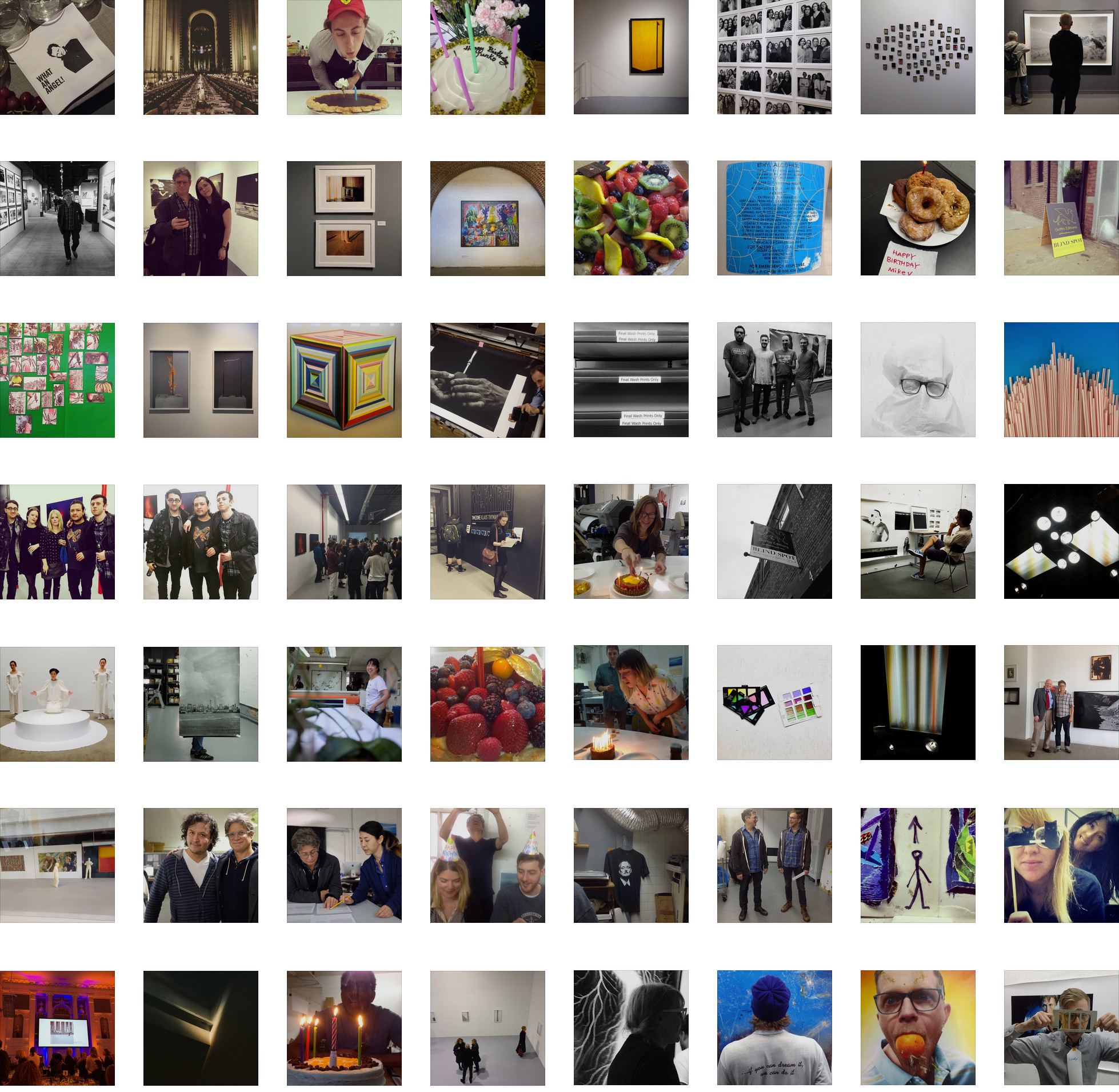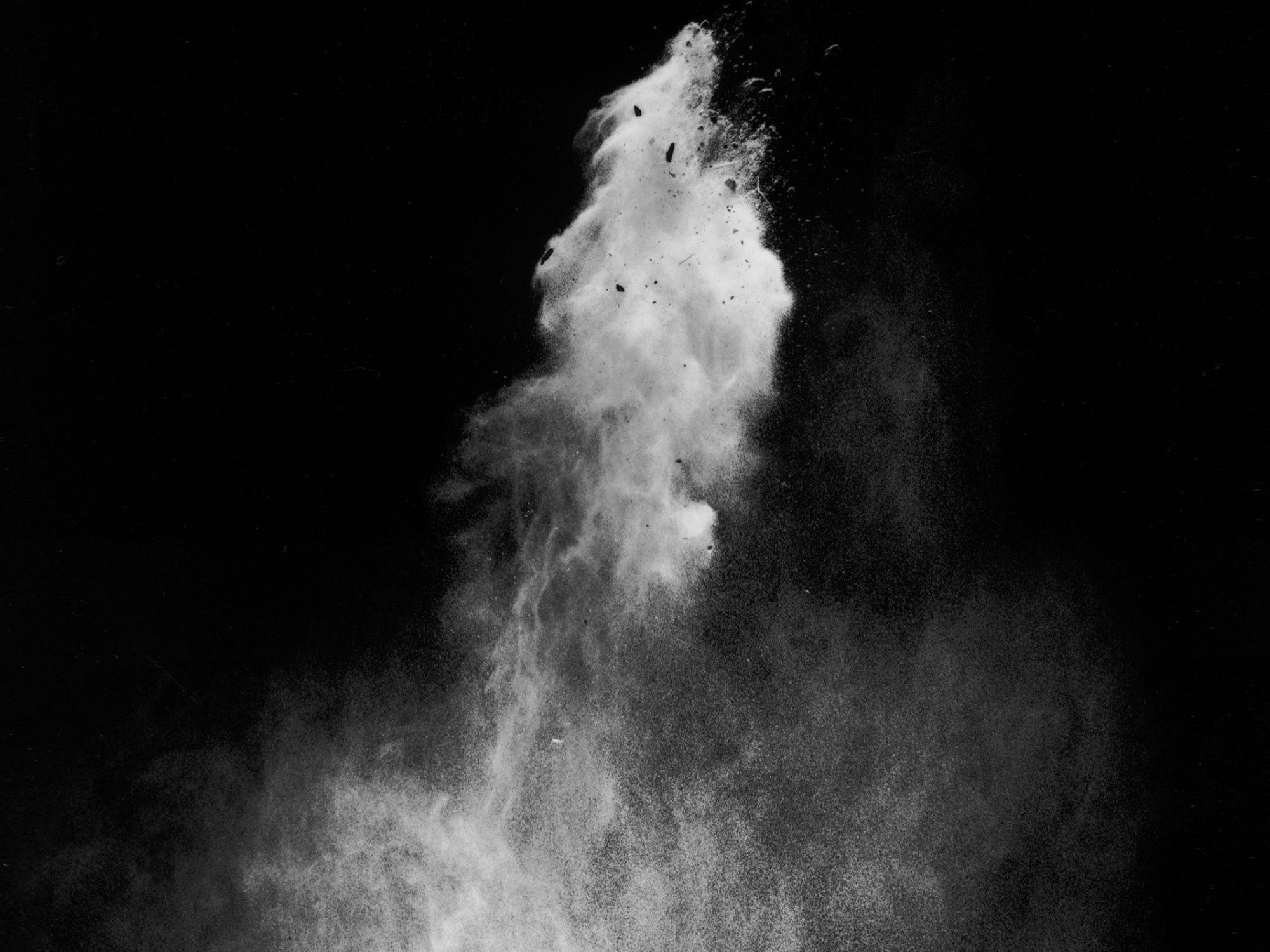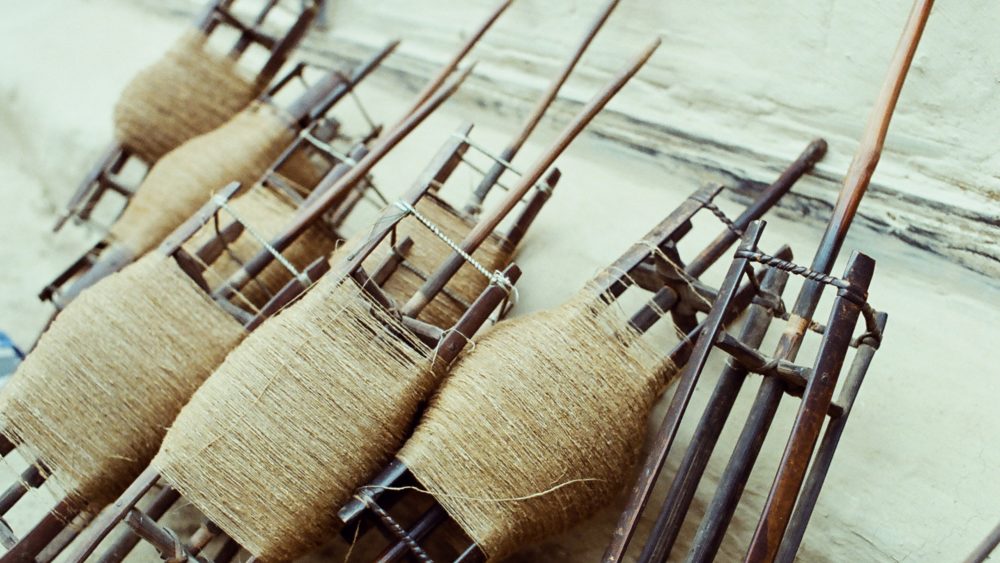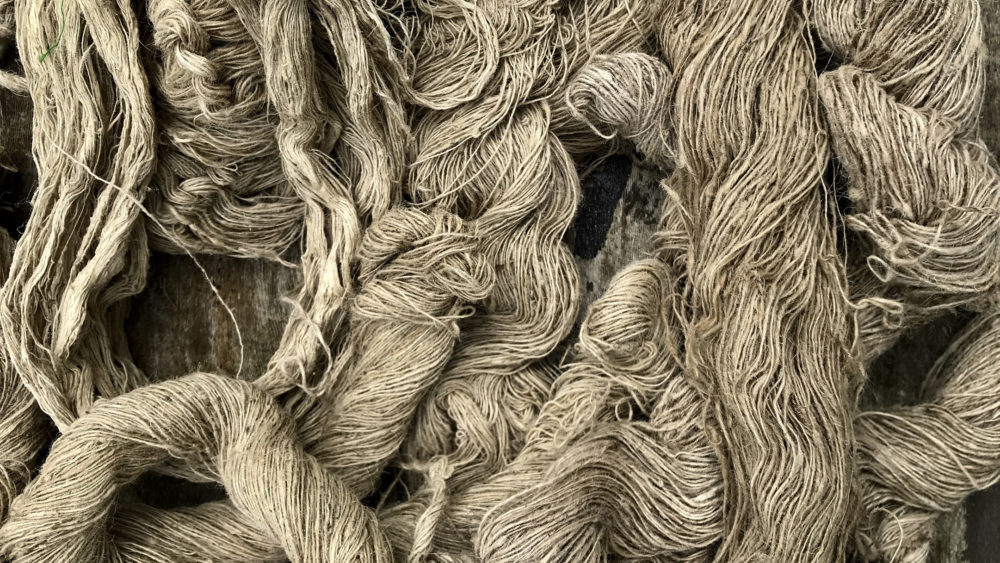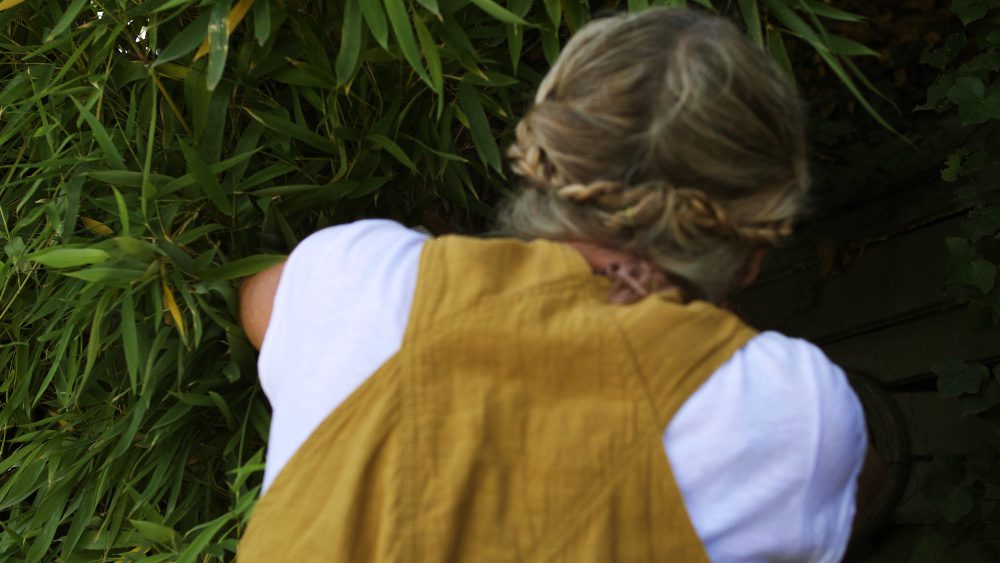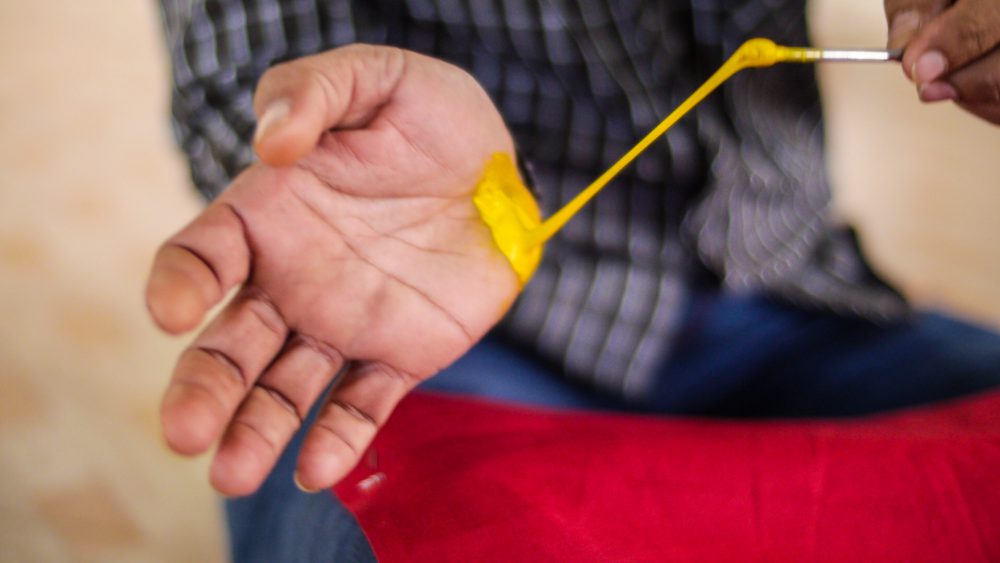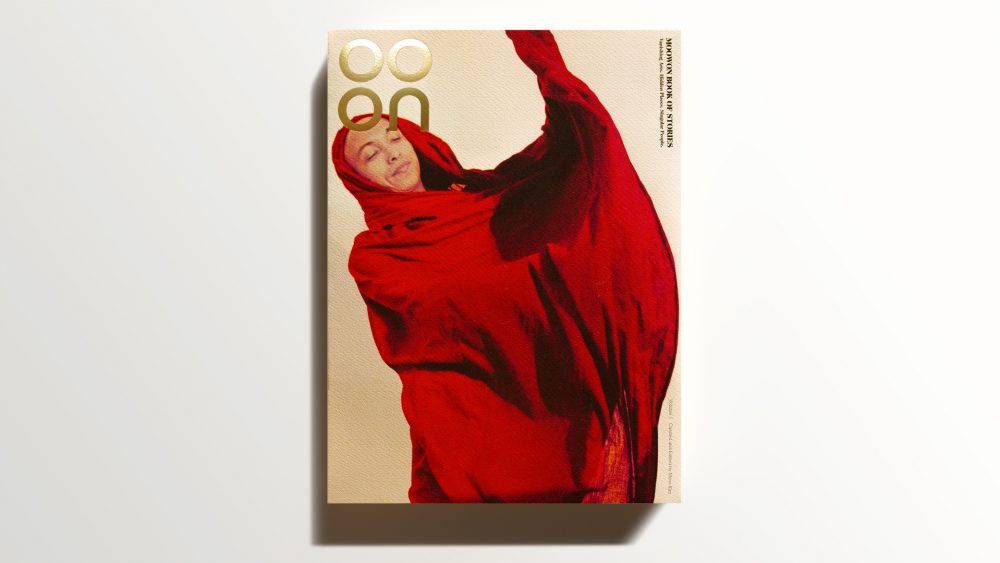Those who are courageous,
they go headlong.
They search all opportunities of danger.
Their life philosophy is not that of insurance companies.
Their life philosophy is that of a mountain climber, a glider, a surfer.
And not only in the outside sea they surf;
they surf in their innermost seas.
– Osho
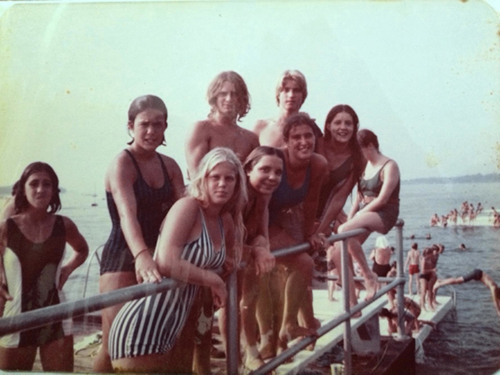
Charles Griffin (2nd row, 3rd from left) as a lifeguard in Douglaston, Queens, during 1970's
Life has the power
to bring us people of immense generosity who help us to break out of our limited understanding and definition of beauty and creativity. Through them, we are able to see what is truly invaluable and incorporeal, and to have the courage to take risks and explore life beyond the conventions. I had the luck to meet such a key figure in my life, someone who helped shape who I am today.
– Mona Kim
Men in aprons, white plastic gloves, surfboards, skateboards, immersion-size silver prints, and mad scientist-esque analog equipment for traditional photographic printing coexist with state-of-the-art equipment geared for the digital world.
Welcome to Griffin Editions, a fine art photographic printing house par excellence, with an enviable client roster of top international artists working in the medium of photography. When you step in, you are transported into the multiple worlds depicted on the photographic prints in making. It is also a collaborative space where ideas are constantly challenged and transformed to create beauty in ways we might not have yet imagined. When you step in, you are inspired.
Meet Charles Griffin, a.k.a. Charlie, the soul of Griffin Editions. As an artist and an artisan, he co-shapes and co-crafts the creations of the world's most renowned artists, with his ecclectic and incredible team. But beyond these important talents, Charlie is someone endowed with a special gift, the gift of understanding and relating from the heart. He is able to connect with people and matter in their primal essence. And throughout his life journey, people and matter―water, family, blood, death and ashes―have woven themselves organically into his story and have triggered his curiosity for the haunting, the transcendental, the beautiful, and the peculiar.
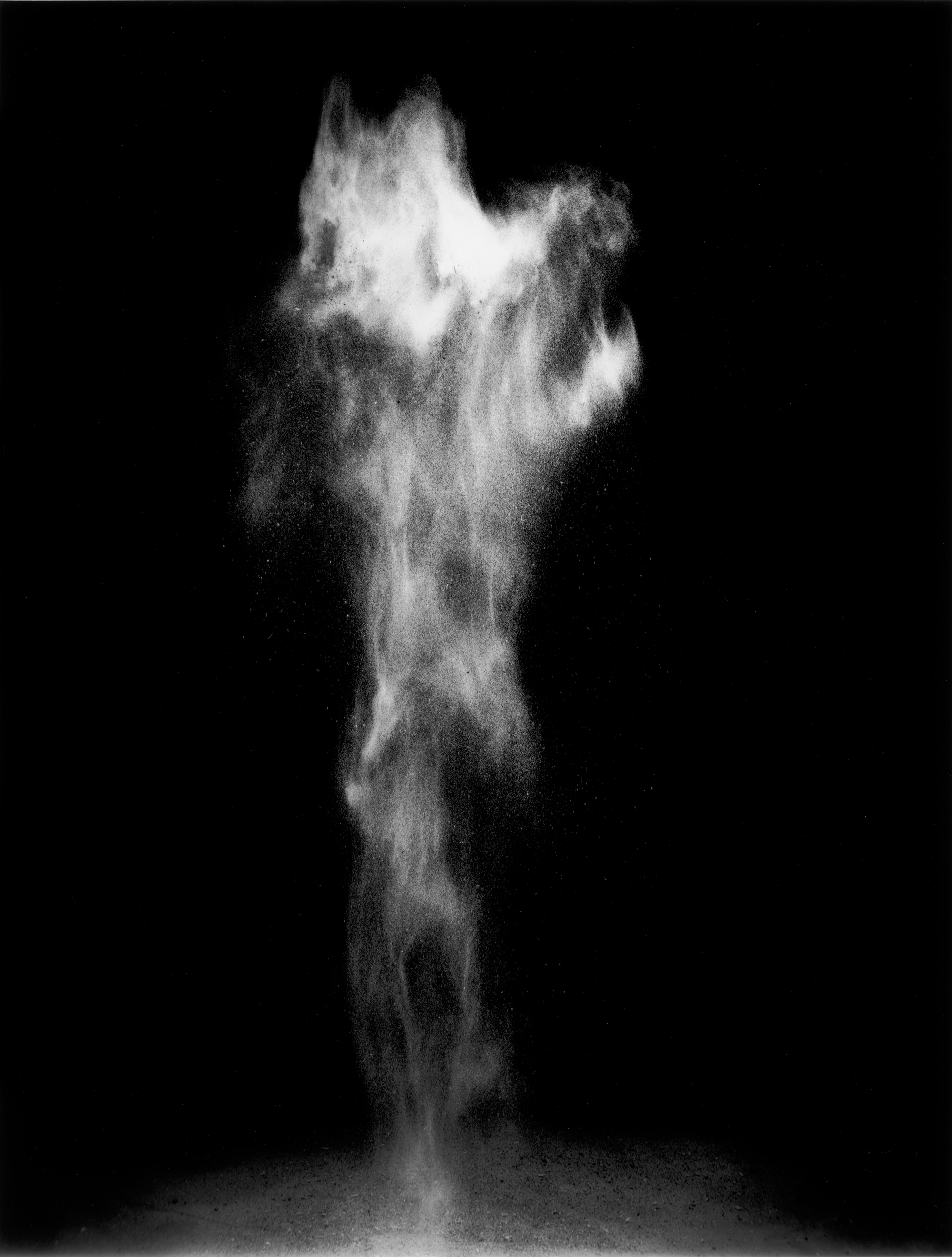
After years of working as a successful fashion photographer during the megalomaniac heydays of '80s Wall Street New York, Charlie had reached a turning point. He felt that fashion, with its mechanism of success and glamour, was not his calling nor true to his being.
At that time, Charlie started to develop photography series based on blood. Having been inspired and intrigued by Andres Serrano's works, blood―with its red color, its primal content, and that intangible visceral quality―magnetized him. He built big pans to discover and capture the beautiful and unique organic patterns that would form from blood samples he had procured at the meat market on the West Side of Manhattan, the same blood source for shark fishermen. Charlie would have to compete for blood during the summer months, when there was a high demand for its use in chum, during the shark fishing competitions in Montauk, New York.
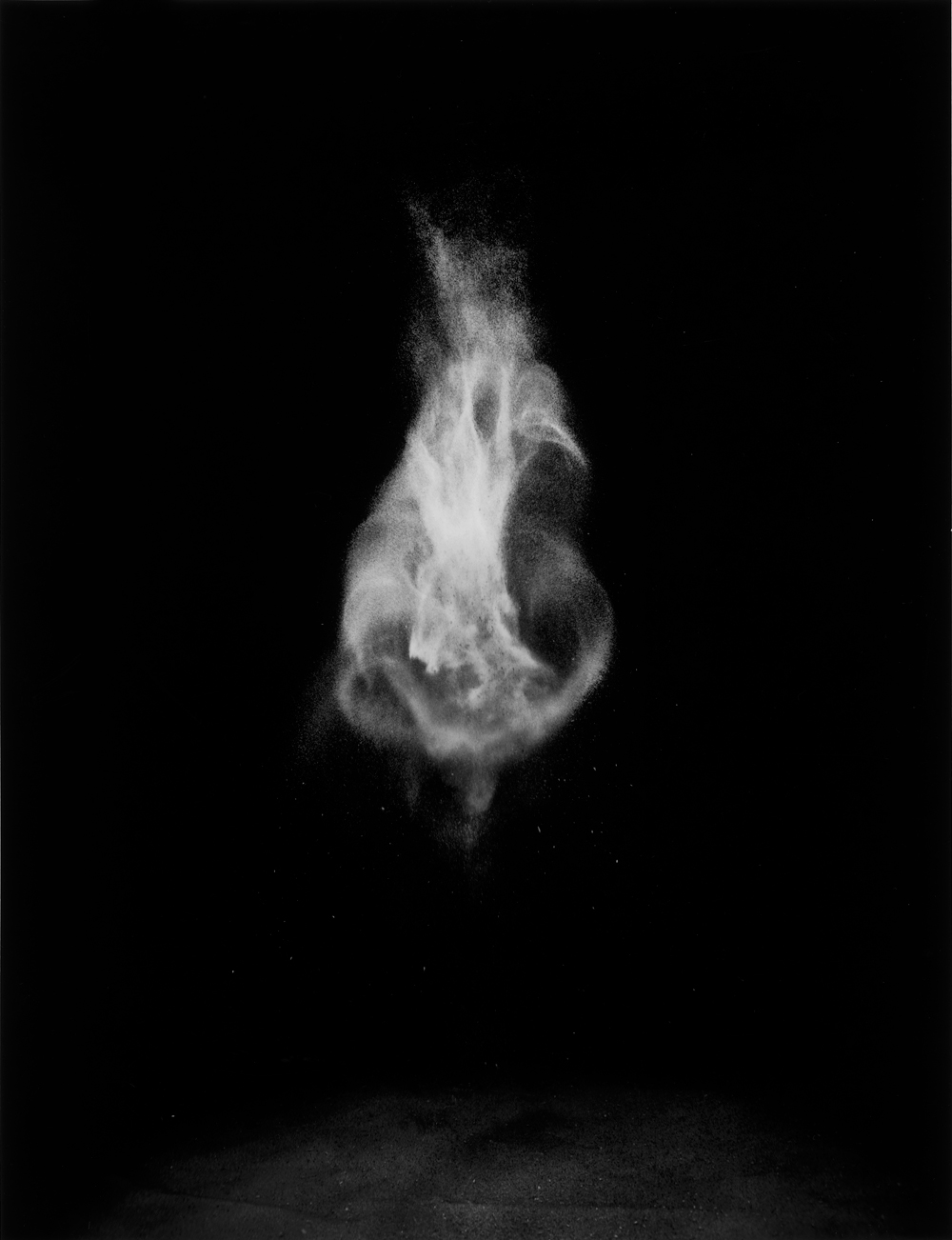
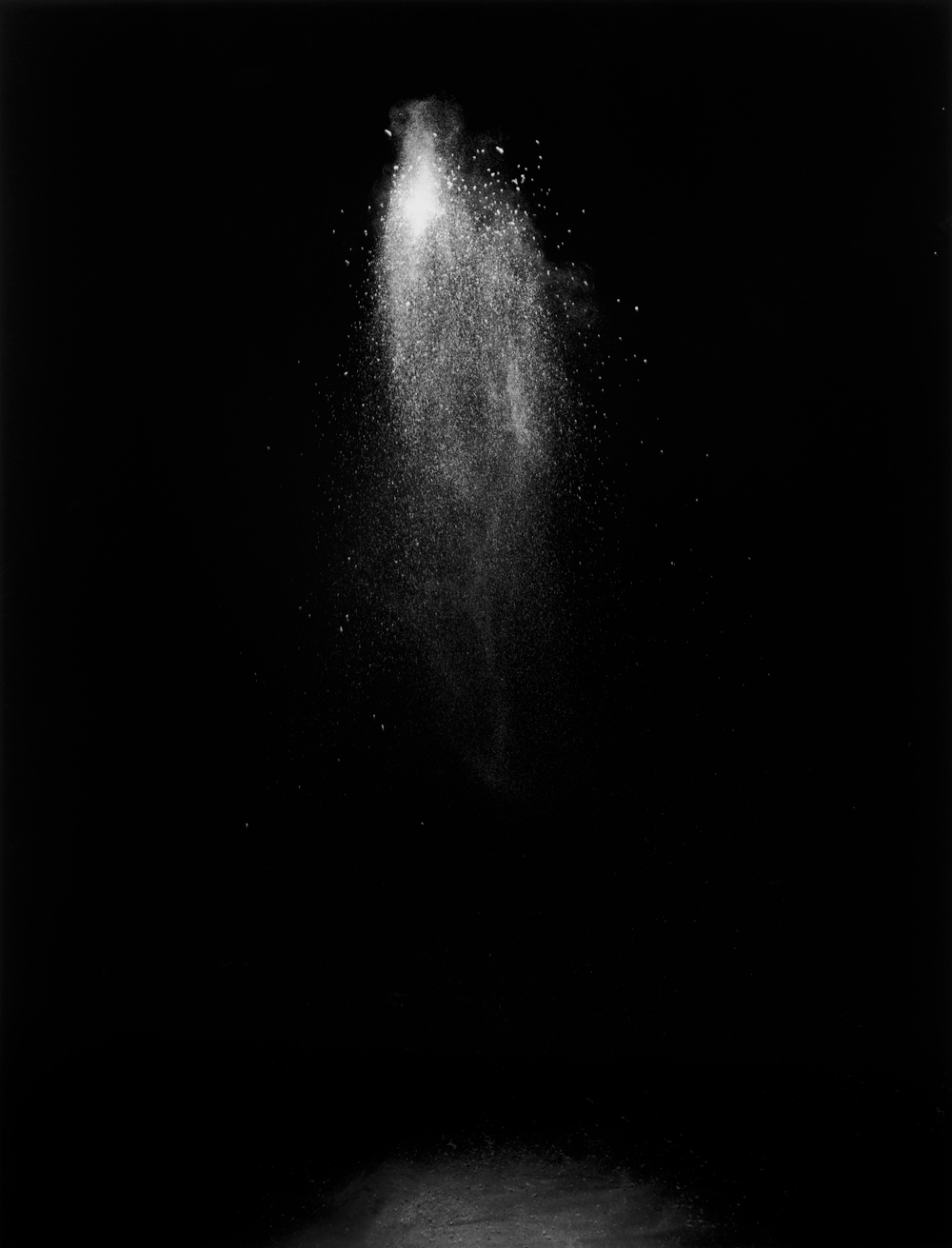
How do you approach
the language of someone
passing away?
During this peculiar photography-making process, dust would constantly land and stick to the surface of blood. And he would be obliged to painstakingly pick it off with an eyedropper. "So whatever this dust is, it's something that has come into my space and awareness. Dust is all around us. We are constantly shedding our matter, breathing in our and others' matter."
We come from dust; we return to dust. At that time, his aunt had passed away, and she was the first in his family to have been cremated. The notion of dust and ashes, compounded with the realization that his ailing father would soon pass away, was a catharsis for him. How do you approach the language of someone passing away? Can we capture or express the notion of life and death through photography?
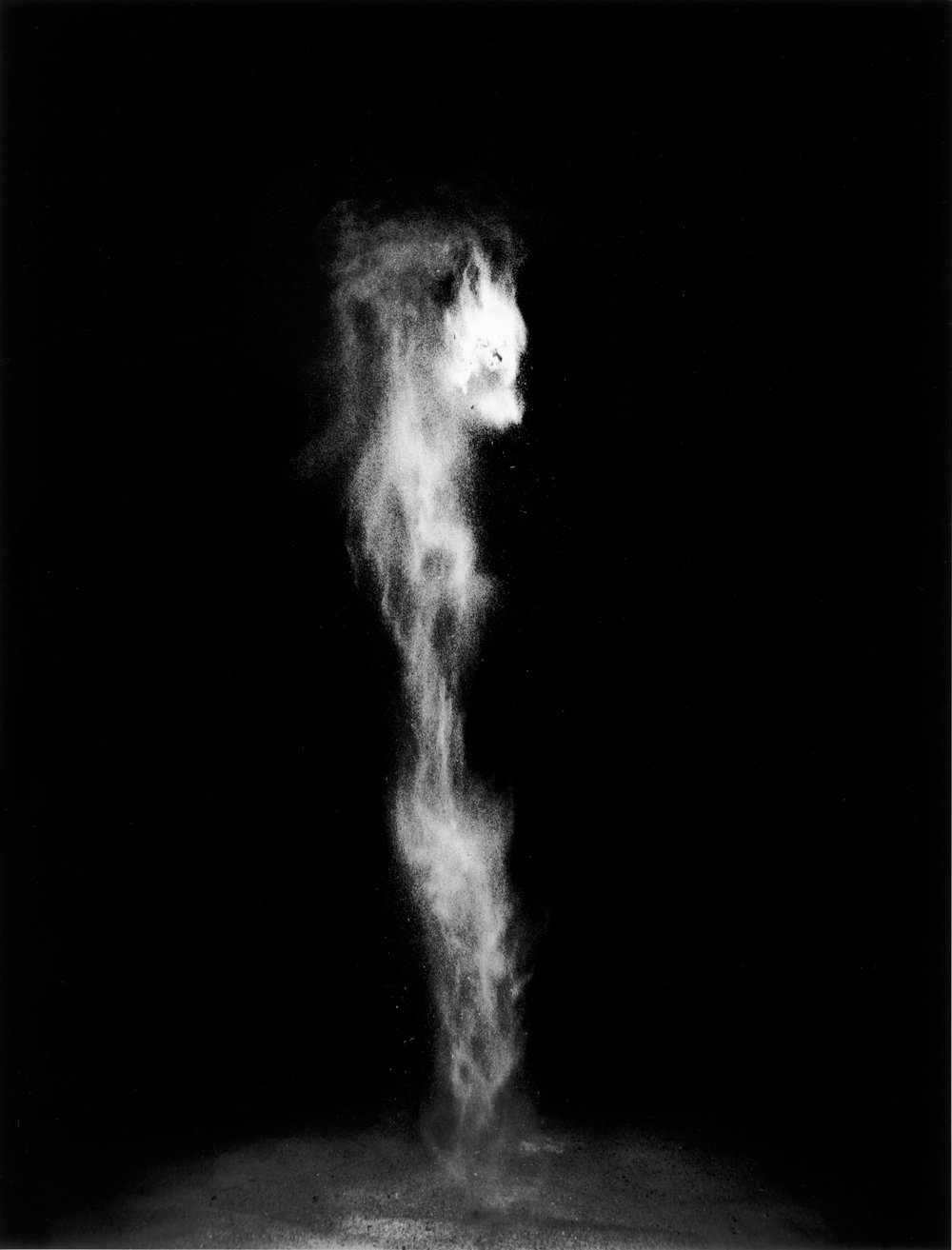
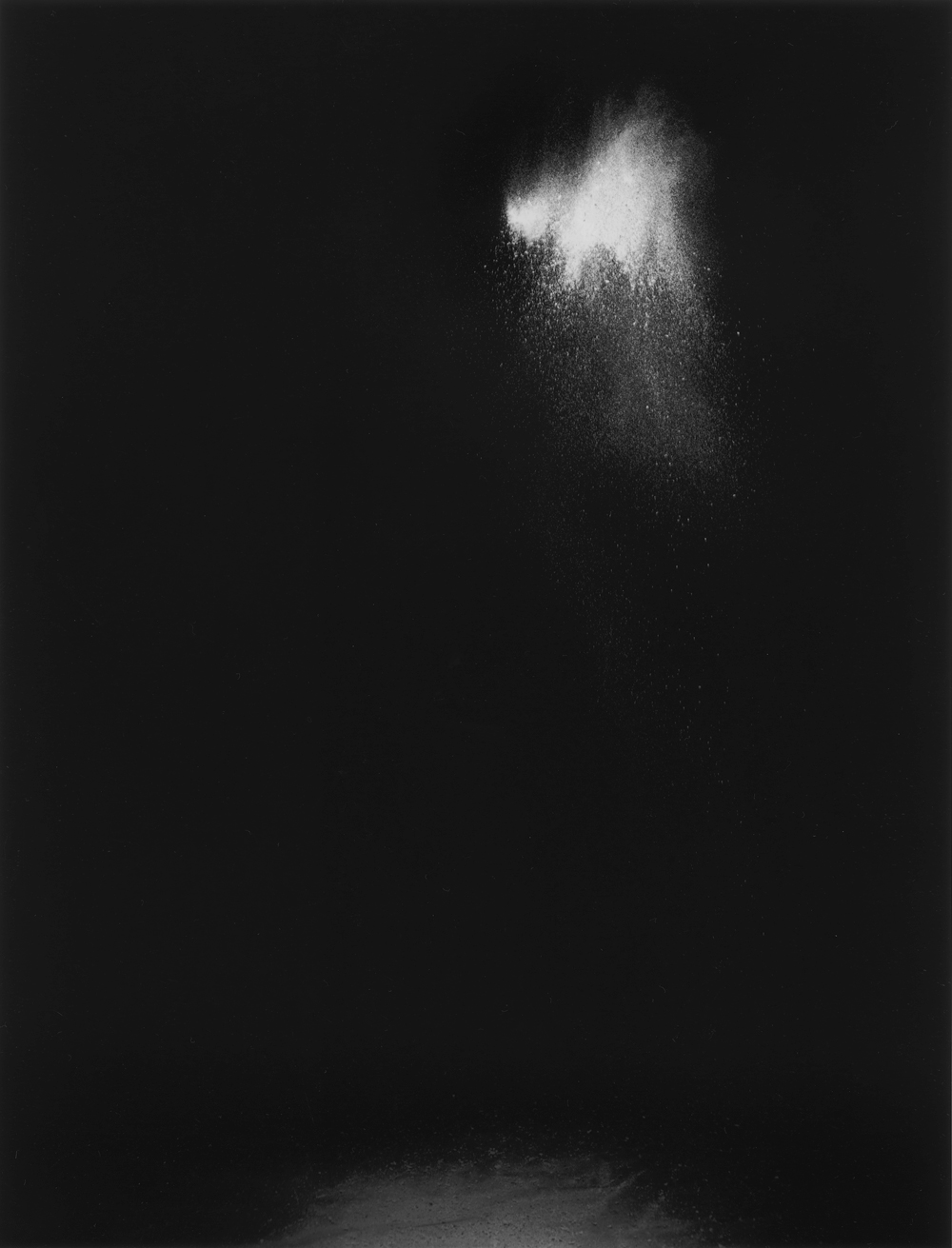
At some point in our life, we all deal with this simple fact of life: someone we love will disappear one day. We either deny it, postpone thinking about it, or try to grapple to understand or control this unknown. Charlie's instinct was to take his 4x5 camera, build a black room, and explore ashes that were donated by others. "I was amazed to see what kind of things were showing up. If I hold it in my hand, it's merely a pile of ashes, a 'base matter' of all living things. But once thrown into the air, it transmutes into some sort of 'entity' of human or animal form that's recorded in the photograph." Many people who see these ash photos see a live figure. He would see certain things, too―mysterious, haunting, and beautiful at the same time.
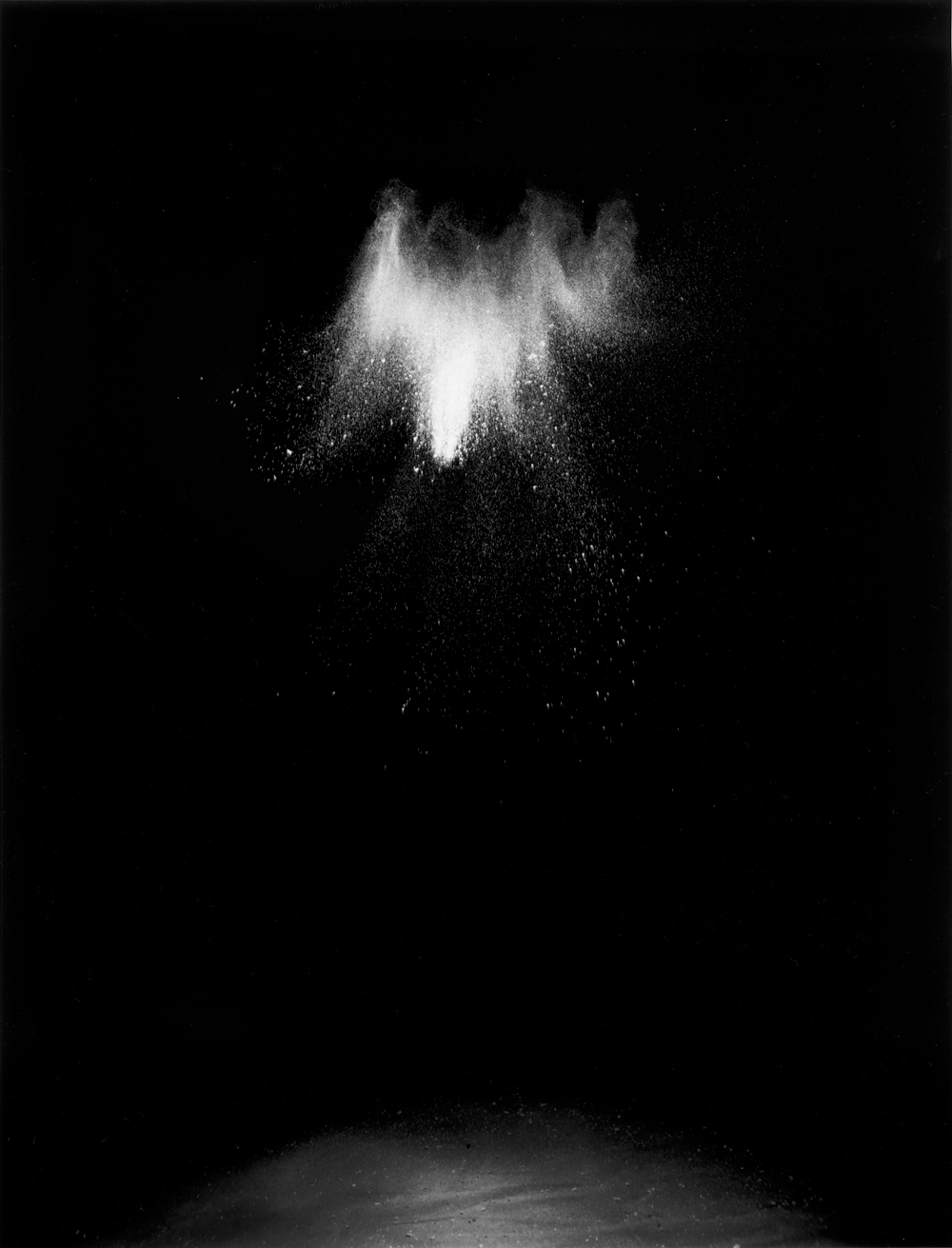
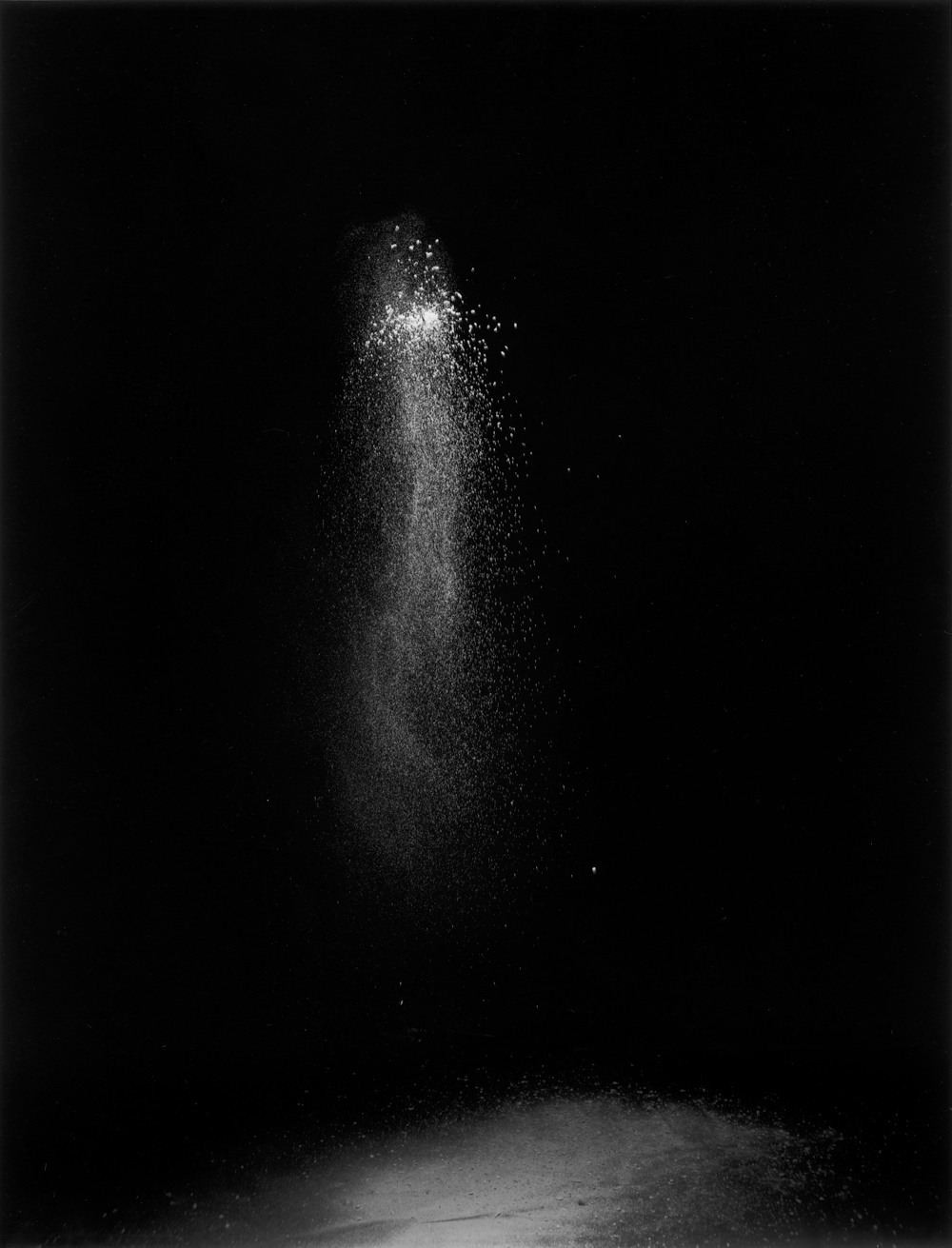
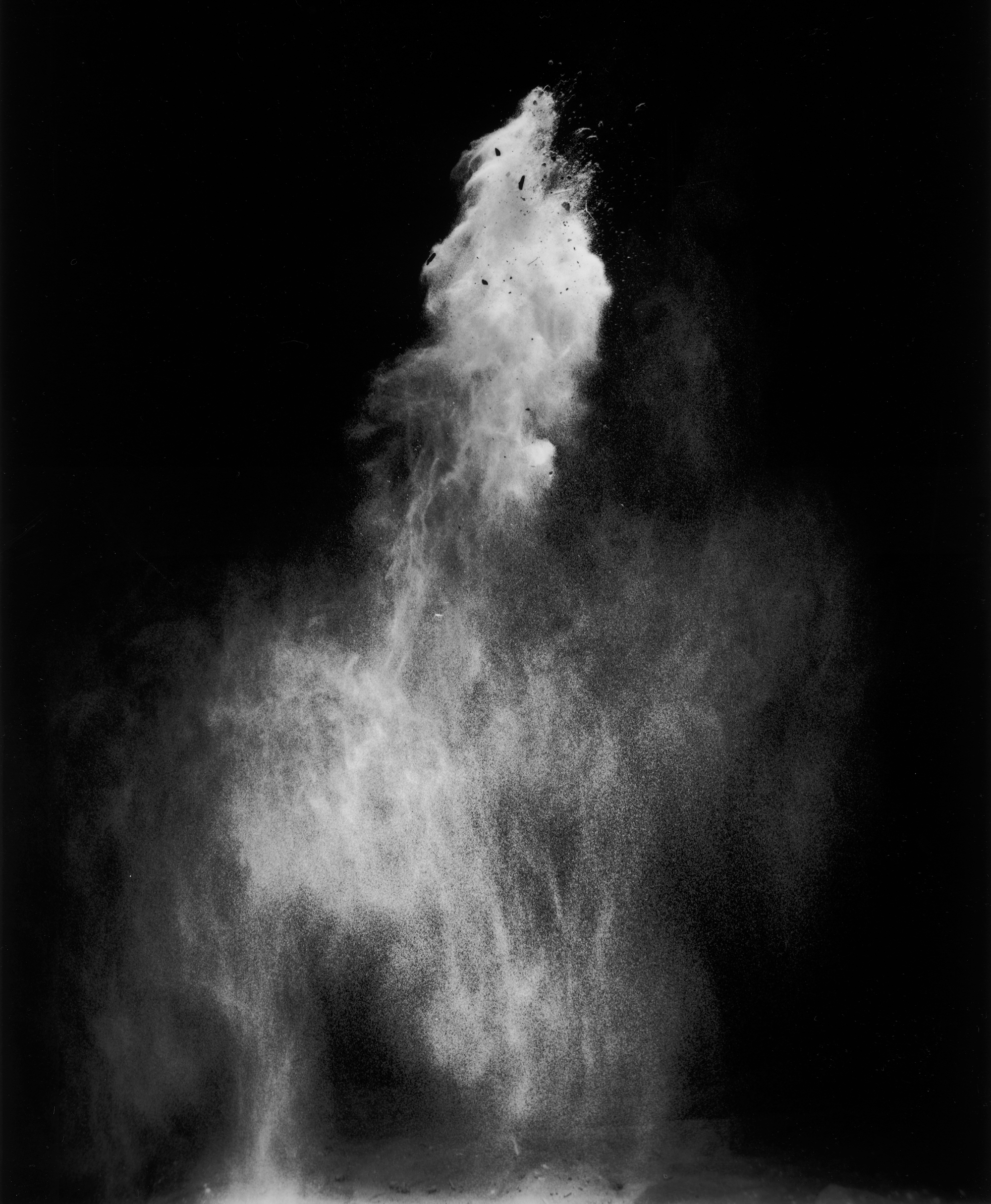
Charlie grew up in what he terms as "dysfunctional family." However, when they were all in the water together, whether in the pool, the bay, the lake, or the ocean, it had a calming effect on their discords and confusion, as if all conflicts dissolved into the water. It was an element that always drew him in: as long as he was in it, everything seemed to be OK. In that sense, it became his actual spiritual haven. "It's kind of like entering the womb." Likewise, his father's camera was another soothing retreat from the chaos of his family. It gave him the possibility to look at the world as it was, to have certain choices over what he saw, and to experience a sense of silence by relying on his sense of sight.
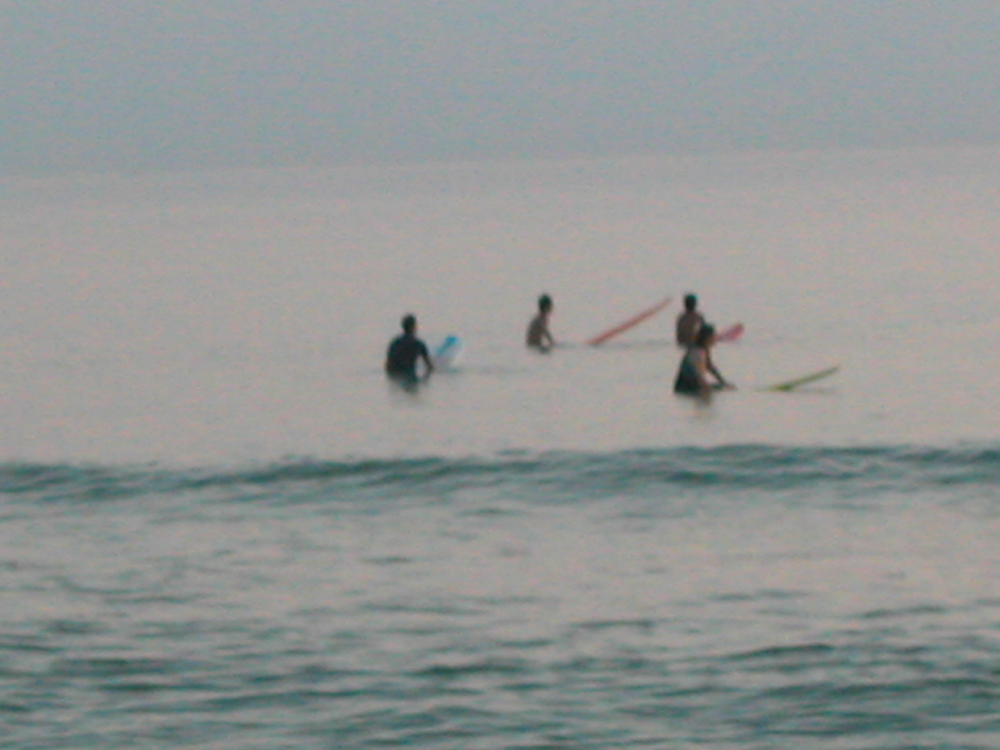
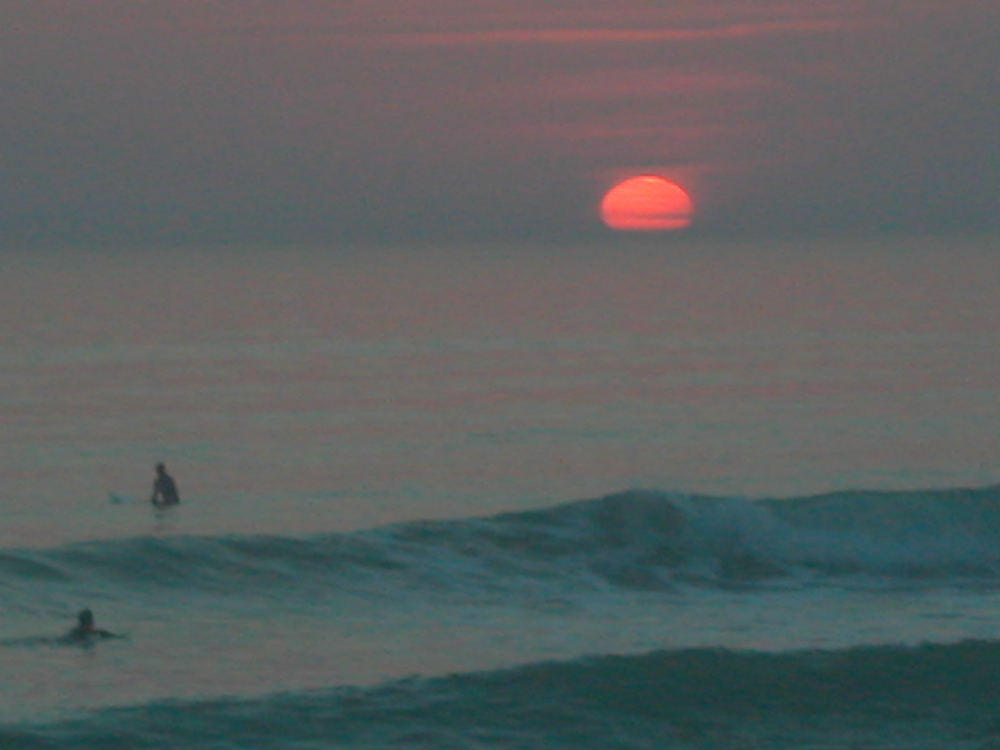
This connection to water that had developed since childhood was a natural segue to his fascination with surfing. Garbage collectors, who would often discharge oversized throwaways, donated a surfboard to him one day. And that's where it all started. Yet having a surfboard during the '60s in the Greater New York area meant that television was the only source for learning. The other option was to go out to Montauk, on the eastern tip, where the sole "teacher" was his pair of eyes. There were no official coaches as we have today. This limitation became his artistic strength. The dynamism of these water havens―bodies and water in motion, changing light, morphing textures―helped Charlie develop a sensibility to visual distinctions inherent in his photography.
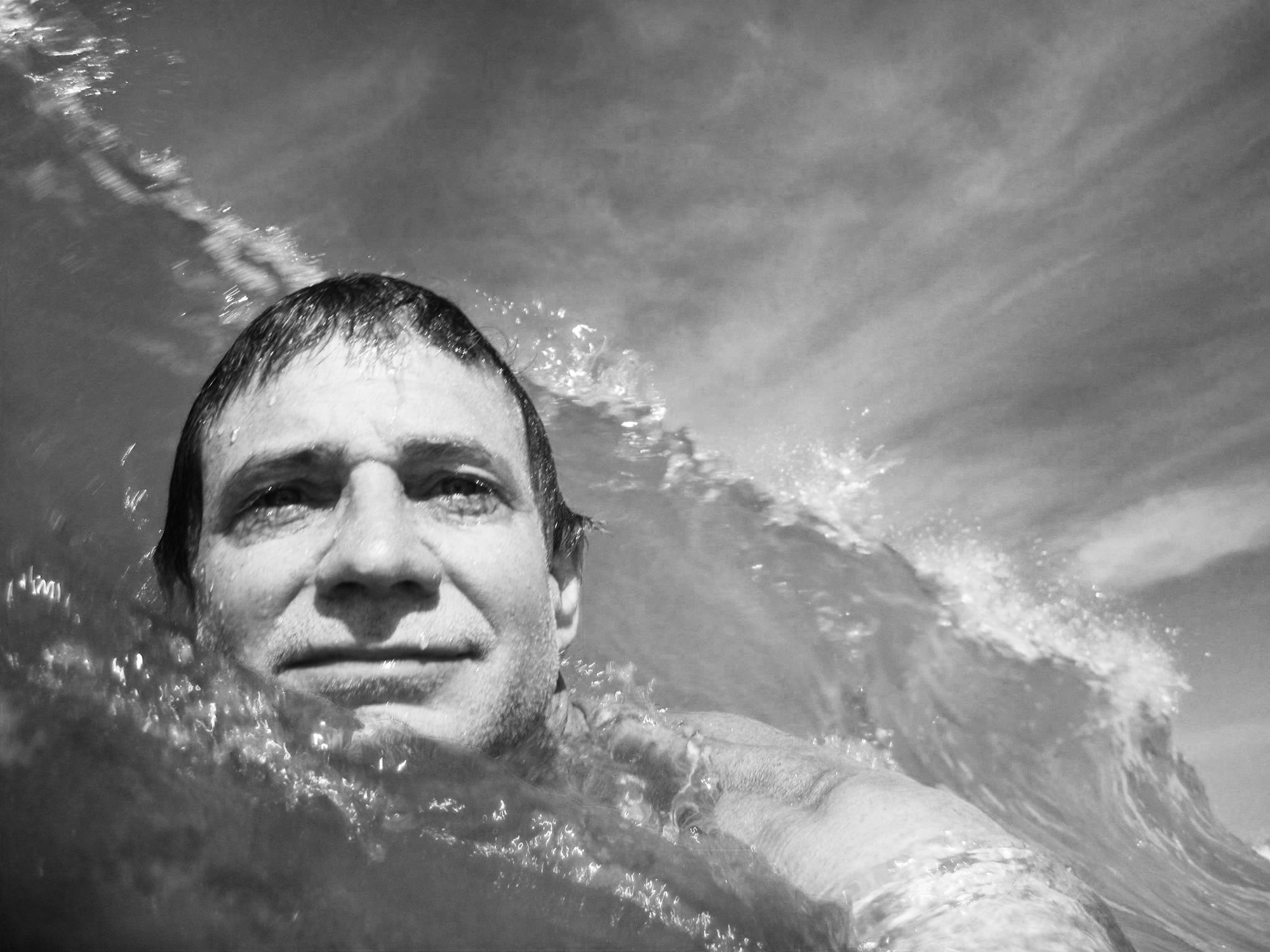
The ocean
is never the same;
it's always changing.
"Surfing is a place of healing, and a place of appreciation. While there's this surfing technical consciousness that develops, there are different forces in the ocean that help you learn to be in that constantly changing environment. The ocean is never the same; it's always changing. There are also others around you in the sea, some with egos and some who are beginners, which demands your full presence to navigate around in real time." Although Charlie is a surfing sage, he is still constantly learning things in the ocean. It is his school and Iemanja is his goddess. He loves its aesthetics and sensory experiences: the color of the sky and the sea, the forms of waves, the physical sensation of being in water, its changing taste, smell, and temperature.
"It was interesting when the Internet came into our lives and people started to talk about surfing the Internet. I was like, 'what do you mean?'"

If You Wish to Aquire These
Art Prints from Ash photography Series,
Please Visit Moowon Gallery
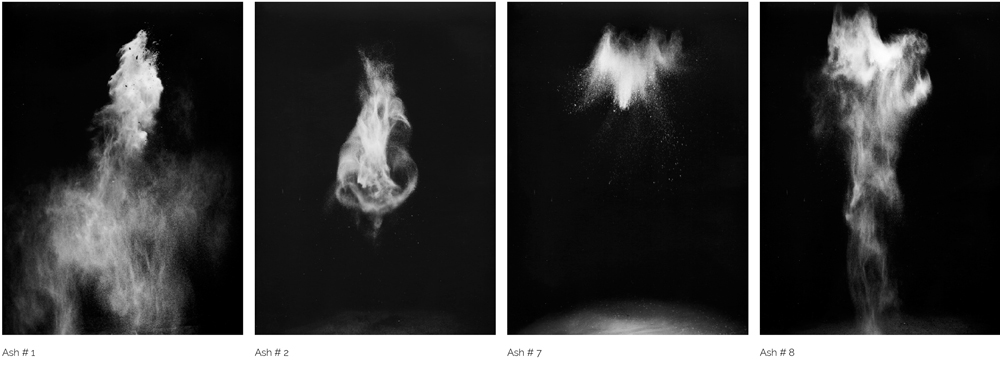

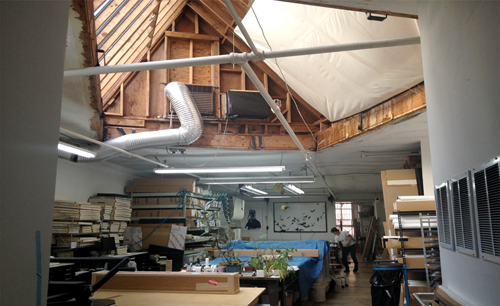
Charles Griffin is an artist working in the medium of photography, a die-hard surfer, and the founder of Griffin Editions, an artist-run studio based in both Manhattan and Brooklyn that masters fine arts prints for galleries, museums, and collectors. Charles and his team (see photos below) work with international photographers and artists such as Hiroshi Sugimoto, Cindy Sherman, Marina Abramovic, and Shirin Nashat.
